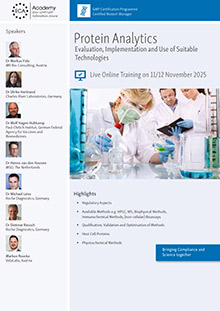Validation of Mixing Uniformity also required for Active Ingredients

Recommendation
5/6 February 2026
The issue of mixing uniformity has been a validation-required topic in the area of solids for years. It is even explicitly required in the US regulations (21 CFR 211.110.). In a recent Warning Letter, requirements for the mixing uniformity of an active ingredient were also addressed. What did the FDA criticise?
It was criticised that a thyroid hormone manufacturer did not validate the process steps before the final mixing stage and that the acceptance criteria of validation of the final mixture for the smallest and largest batch were not achieved in the corresponding mixing time. With reference to the small therapeutic range of the active ingredient, the FDA emphasised the particular need for mixing uniformity - proven by validation studies.
The response of the active ingredient manufacturer after the inspection, a risk-based, retrospective view of the batches produced in the mixer and the introduction of a master process validation plan was too little for the FDA. The authority wrote that it generally no longer accepts retrospective validation and further required
- a detailed process validation plan (PPQ plan),
- measures to identify process variabilities,
- a timeline for completion of all prospective process validation (PPQ) studies for each API,
- an assessment of the impact that the lack of process validation/unmet acceptance criteria will have on the products on the market
and
- a summary of the product life cycle validation programme with PPQ plans and work instructions for qualification of premises and equipment.
The involvement of a consultant to resolve the above and other GMP issues was strongly recommended, as the FDA wrote in the Warning Letter. And it also mentioned that, despite the involvement of a "consultant", senior management remains responsible for compliance with cGMP rules.
The exact details and further deficiencies can be read in the original Warning Letter on the FDA website.





